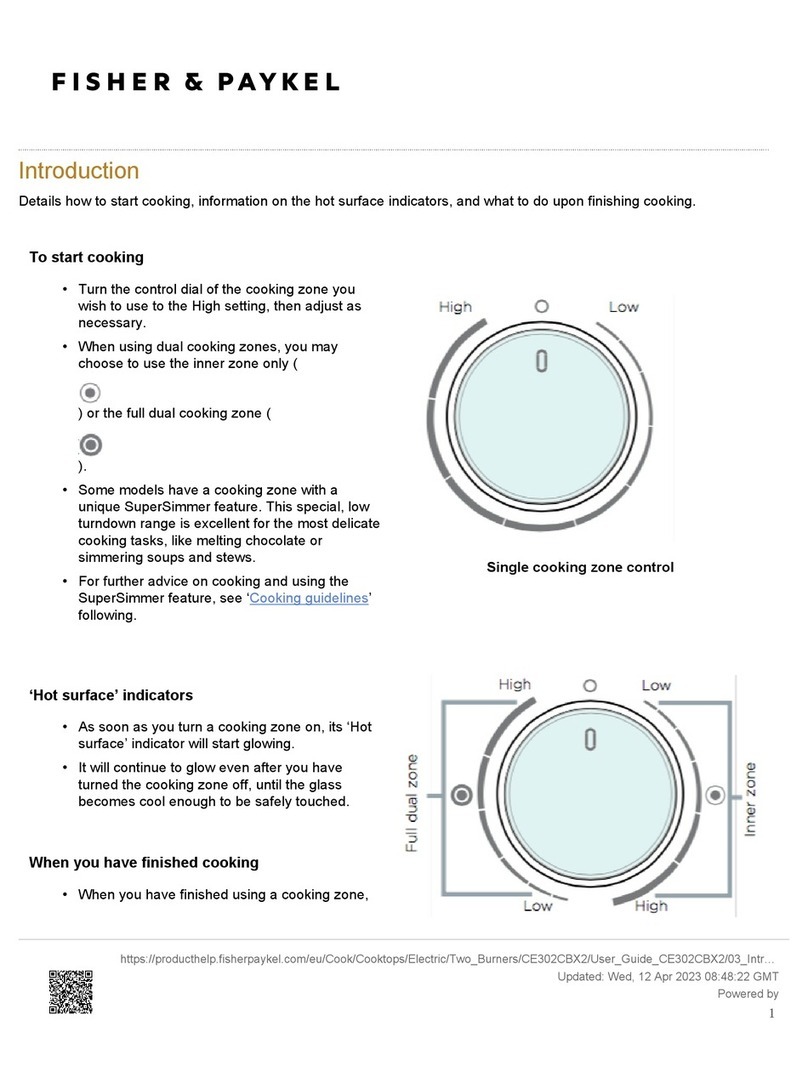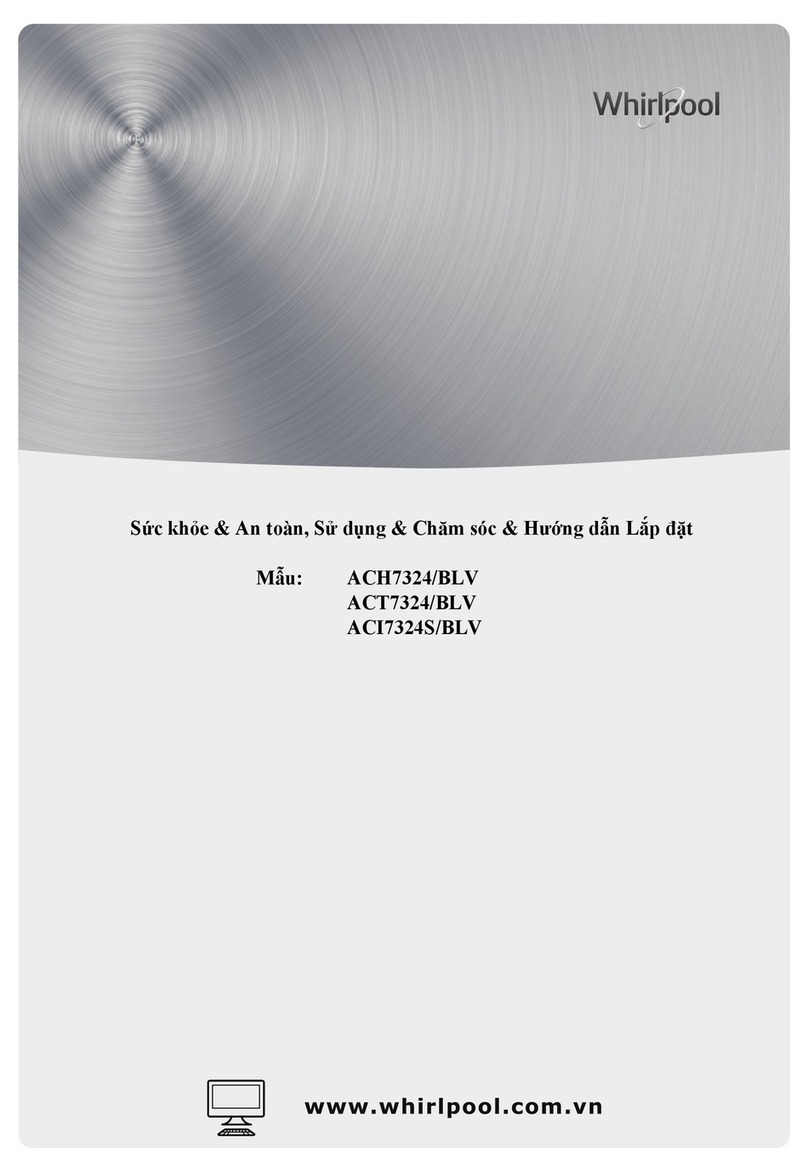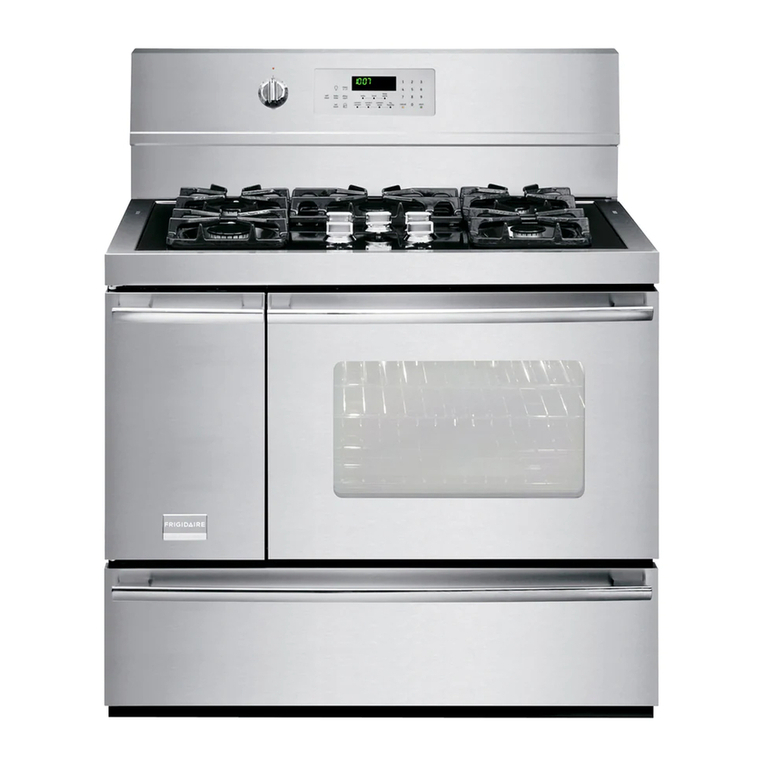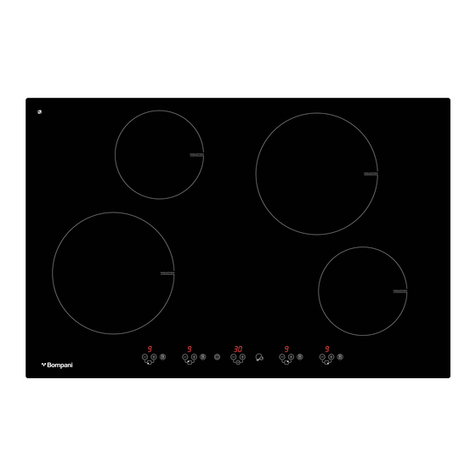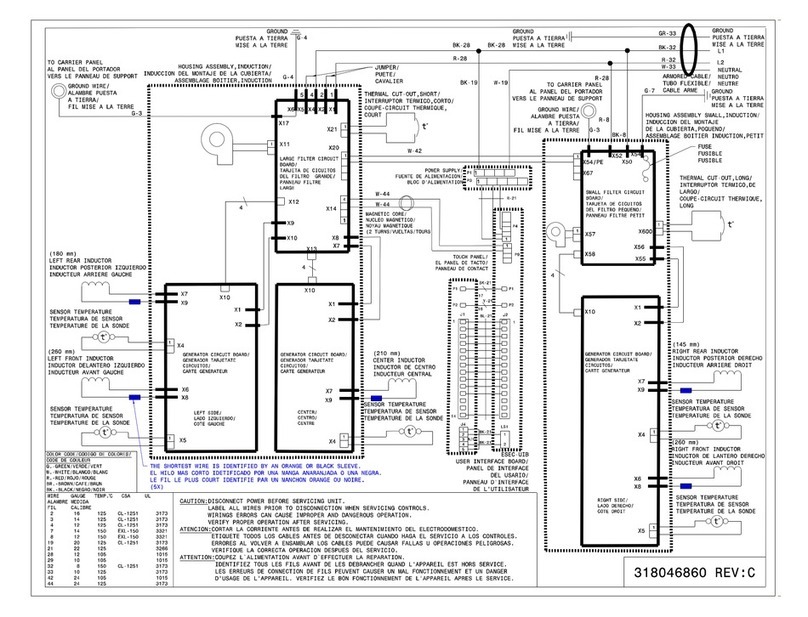Page 4Page 4
The appliance and its accessible parts become hot
during use. Care should be taken to avoid touching
heating elements.
This appliance is not intended for use by anyone
(including children) with reduced physical, sensory
or mental capabilities, or lack of experience and
knowledge, unless they are supervised and/or have
been given instruction for use of the appliance.
Cleaning and user maintenance cannot be
performed by children without supervision.
Children should be supervised to ensure that they
do not play with the appliance.
• Unattended cooking on a cooktop with fat or oil
can be dangerous and may result in re.
• NEVER attempt to extinguish re with water.
Unplug the appliance and cover ame with lid or
non-combustible re blanket.
• DO NOT store anything on the cooking surface.
The appliance is not intended to be operated by
means of an external timer or separate remote-
control system.
• DO NOT use steam cleaning equipment to clean
the cooktop or its parts.
• DO NOT USE OR STORE FLAMMABLE MATERIALS
IN OR NEAR THIS APPLIANCE.
• DO NOT SPRAY AEROSOLS IN THE VICINITY OF
THIS APPLIANCE WHILE IT IS IN OPERATION.
• DO NOT MODIFY THIS APPLIANCE.
• DO NOT PLACE ARTICLES ON OR AGAINST THIS
APPLIANCE.
• WHERE THIS APPLIANCE IS INSTALLED IN
MARINE CRAFT OR IN CARAVANS, IT SHALL NOT
BE USED AS A SPACE HEATER.
• Not suitable for use with aftermarket lids or
covers.
• DO NOT place anything, e.g. ame tamer or
griddle plate between pan and pan support.
• DO NOT remove the pan support and enclose
the burner with a wok stand.
• DO NOT use large pots or heavy weights which
can bend the pan support or deect ame onto
the hotplate. Locate pan centrally over the
burner so that it is stable and does not overhang
the appliance.
This appliance must be installed in accordance
with the applicable regulations and used only
in a well-ventilated room� Before you install
and use the appliance, carefully read the
operating instructions�
• DO NOT let children play with the appliance - hot
burners, trivet, pots with hot liquids may cause
burns.
• Make sure that the power cords of other equipment
do not touch any hot surfaces of the appliance.
• The power cord wall plug must be accessible after
appliance has been installed.
• DO NOT install the appliance near any cooling
equipment such as an air conditioning unit.
• DO NOT leave the appliance unattended while
cooking. Oils and fats may catch re due to
overheating.
• Make sure that liquids do not boil over onto the
burners.
• DO NOT open the valve on the gas connection or
the valve on the gas cylinder before you make sure
that all valves are closed.
• DO NOT allow liquids to boil over onto the burners
and avoid burner contamination. Soiled burners
must be cleaned & dried immediately after cooling.
• DO NOT place pots directly on the burners.
• DO NOT place pots weighing more than 5kg on
the trivet over one burner or more than 25kg on
the entire trivet. Do not place one pot on two
burners.
• DO NOT hit the control dials or burners.
• Persons without proper qualications and training
must not make any alterations or repair the
appliance.
• DO NOT extinguish the ame by blowing.
• DO NOT alter the appliance to allow it to be used
with a dierent type of gas, or move the appliance
to another place nor make any modications in the
gas supply system. These must be carried out by a
qualied installer only.
• DO NOT allow young persons who have not read
the operating instructions to use the appliance.
IMPORTANT SAFETY INFORMATION
